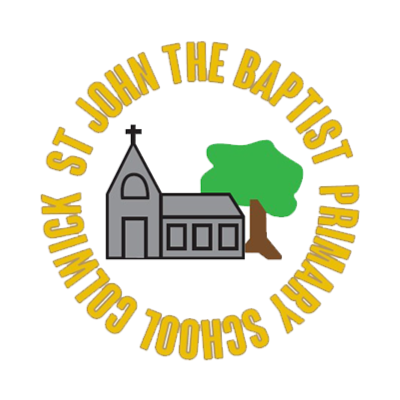Class 4
Summer Term
We are SOOOO excited to be teaching you this term! We have loads of exciting things planned, including a trip to the theatre and a visit from some Egyptian specialists.
Don't forget there is a parent's meeting on Tuesday evening to discuss the changes for this term and watch this space for all the info you will need on what is being taught and when, homework, knowledge organisers to support our learning and anything else we need to tell you.
PARENTS!! - Please feel free to ask any quick questions before or after school, but we will also be making sure we check your child's planner every week on a Monday, so if you need to tell us anything, then pop us a note in there, and we will either write back or contact you if needed.
It's going to be great term!!
Miss Merik and Mr Mazzotti.
|
|
Monday |
Tuesday |
Wednesday |
Thursday |
Friday |
|
8.45-9.00 |
Registration Maths Flashback 4 |
Registration Maths Flashback 4 |
Registration Maths Flashback 4 |
Registration Maths Flashback 4 |
Registration Maths Flashback 4 |
|
9.00-9.20 |
Collective Worship Christian Value |
Collective Worship Class Worship to say ‘Please’ |
Collective Worship Journey Through The Bible |
Collective Worship Thanksgiving |
Collective Worship Praise and Worship |
|
9.20-10.20 |
English - Miss M |
English - Miss M
|
English - Miss M
|
English - Miss M
|
English - Miss M |
|
10.20-10.45 |
Spelling - Miss M |
Spelling - Miss M |
Spelling - Miss M |
Spelling - Miss M |
Spelling - Miss M |
|
10.45-11.00 |
Break |
||||
|
11.00-12.00 |
Maths - Miss M |
Maths - Miss M |
Maths - Miss M |
Maths - Miss M |
Maths - Miss M |
|
12.00-1.00 |
Lunch |
||||
|
1.00-1.15 |
Guided Reading Mr M |
Guided Reading Miss M |
Guided Reading Mr M |
Guided Reading Mr M |
Guided Reading Mr M |
|
1.15-2.15 |
Science - Mr M |
Religious Education - Miss M |
History - Mr M |
Computing - Mr M |
PE- Mr M |
|
2.15-3.00 |
PSHE - Mr M |
French - Miss M |
Music - Mr M |
PE - Miss J |
Art or DT - Mr M |
|
3-3.15 |
Story Time Mr M |
Story Time - Miss M |
Story Time Mr M |
Story Time Mr M |
Story Time Mr M |
|
After School |
|
|
|
|
|
